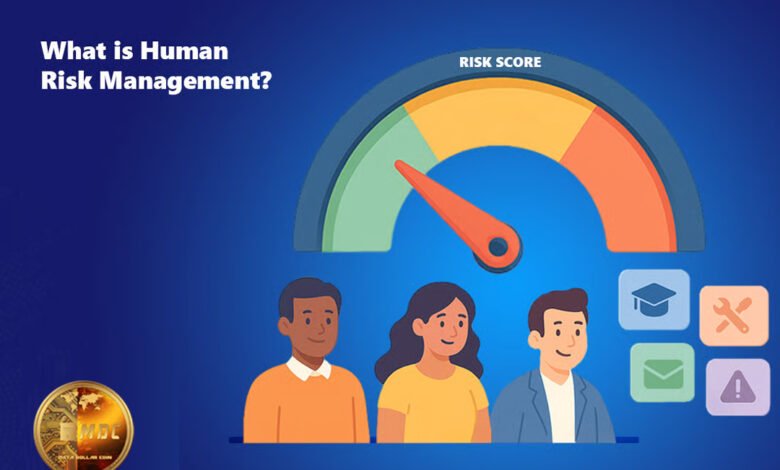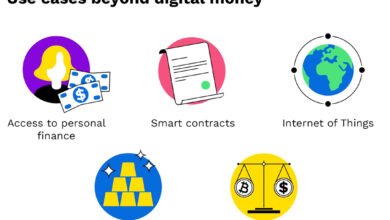Human Risk and Regulatory Risk
Technical/Smart Contract Risk

The primary risks and security challenges in the cryptocurrency and blockchain space can be categorized into three main areas: Technical/Smart Contract Risk, Operational/Human Risk (Hacks & Scams), and Regulatory Risk.
🛡️ Technical & Smart Contract Risks
These risks arise from vulnerabilities in the underlying code or the technical design of a project, especially in Decentralized Finance (DeFi) protocols.
- Smart Contract Vulnerabilities: Since smart contract code is often immutable once deployed, any bugs or flaws can be permanently exploited. Common vulnerabilities include:Reentrancy Attacks: An external contract calls back into the vulnerable contract repeatedly before the original transaction is complete, allowing the attacker to drain funds (e.g., The DAO hack).
Oracle Manipulation: Exploiting faulty or centralized price feeds (oracles) to trick a DeFi protocol into executing fraudulent trades, often via flash loans (uncollateralized loans that must be repaid within the same transaction).
Logic Errors: Bugs in the contract’s core business logic (e.g., faulty reward calculation, incorrect fund distribution) leading to unintended loss of assets.
Protocol Failure Risk: For algorithmic stablecoins, a run on the asset or a market crash can trigger a “death spiral,” where the mechanisms designed to maintain the peg fail, leading to a catastrophic collapse in value (e.g., the TerraUSD/UST collapse).
🚨 Operational & Human Risks (Hacks and Scams)
These involve the human element, targeting users’ private keys or exploiting trust.
- Private Key & Wallet Theft: This is the most direct risk to individual users.
- Phishing & Wallet Drainers: Scammers use fake websites, emails, or pop-ups that mimic legitimate platforms to trick users into entering their private keys or signing a malicious transaction that drains their wallet.
- SIM Swap Attacks: Attackers trick a mobile carrier into transferring a victim’s phone number to a device they control, bypassing SMS-based Two-Factor Authentication (2FA) to access crypto exchange accounts.
- Address Poisoning: An attacker sends a zero-value transaction to the victim’s address so that their own malicious wallet address (which looks very similar to a legitimate one) appears in the victim’s transaction history, leading the victim to accidentally copy and use the wrong address for a real transfer.
- Exchange Hacks: Centralized exchanges (CEXs) are large targets. A breach of an exchange’s security can result in the loss of billions of dollars in customer funds, as customer assets are typically held in the exchange’s custody.
- Exit Scams (Rug Pulls): A malicious development team launches a new token, lures investors, and then abruptly withdraws all liquidity from the project’s pools, making the token worthless and disappearing with the invested funds.
- Investment Fraud:
- Pump and Dump Schemes: Artificially inflating a low-cap coin’s price with false hype on social media, only for the perpetrators to sell their tokens at the peak, leaving other investors with losses.
- Fake Initial Coin Offerings (ICOs): Fraudulent projects promising massive returns with no actual product or team.
🏛️ Regulatory & Market Risks
These are external risks related to law, governance, and market structure.
- Regulatory Uncertainty: The decentralized and borderless nature of crypto and DeFi makes it difficult to apply existing laws (like securities and banking regulations). This ambiguity creates legal risk for projects and can lead to sudden, disruptive enforcement actions by government bodies.
- Market Volatility and Contagion: Cryptocurrency prices are notoriously volatile. A major event, such as the collapse of a large protocol or stablecoin, can trigger a contagion effect across the entire crypto ecosystem, leading to mass liquidations and a broad market crash.
- Stablecoin De-Pegging Risk: For fiat-backed stablecoins (like USDT or USDC), the risk lies in whether the issuer maintains sufficient, transparent reserves to back every token. Any doubt about the reserves can lead to a panic and the stablecoin losing its $1 peg.
- Loss of Custody: Unlike traditional banks, crypto users are solely responsible for their private keys. If a user loses their private key or seed phrase, their funds are permanently and irreversibly lost. There is no central authority to recover the assets.





